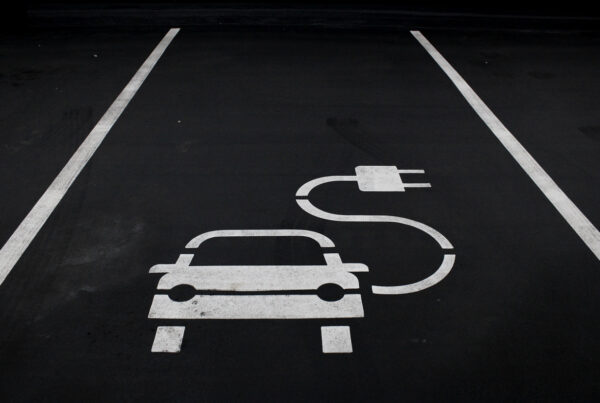As we officially head into the 2020 holiday period, driver distraction is always something that should remain front of mind for you and your employees.
The effects of COVID-19 has meant we’ve spent less time on the roads this year, meaning our skills and ability to react to busy driving conditions is not what it normally would be. Realising you’re probably not as good of a driver as you think can be pretty humbling, but it’s something we all need to consider.
The team at eDriving have looked at the hidden dangers and distractions that happen each and every time we hit the road. We all hear the safety messages and alerts, yet so many of us ignore them every day. Is this phenomenon brought about by ego, stubbornness or something else entirely?
Consider these stages of driver denial this Christmas and avoid being a genuine hazard on our roads.
Stage 1: I Am A Better Driver Than Most
Most drivers think they are a safer driver than their family and friends around them. 94% of all crashes, are directly related to human error, while 80% is due to drive inattention.
We continually fool ourselves, by thinking that car crashes can’t happen to us. But they can and do. Just because you haven’t had a car accident in the last 10 years, doesn’t mean you won’t have one tomorrow.
Stage 2: I Am Really Good At Multitasking
Despite popular belief our brains don’t multitask well, they task switch.
Every time that we switch tasks, there is a small mental cost that buildup over time. By constantly changing tasks our ability to focus diminishes which increases our likelihood of having a crash.
Stage 3: It’s okay to text at stoplights
Typing into a phone is texting. Reading a phone is texting. An Australian study earlier this year found that 62% of drivers admit to using their phone while driving. But surely it wouldn’t make any difference if we are stopped right? Wrong.
In a simulated test, 14 out of 15 drivers texting at a stoplight failed to notice an SUV coming at them head-on as they drove into the intersection. All attentive drivers did.
Stage 4: Hands-free calls are okay and no worse than talking to a passenger
Your brain has to work harder to process conversations through a phone than it does by talking to someone in real life. The chance of crashing goes up 4 times if you are using a phone, regardless of whether you are using it handsfree or not.
This is around the same risk that drunk drivers have while driving. And yet the majority of us don’t use a car when we are drunk. So why do we risk our lives with mobile phones?
Stage 5: My car’s technology makes me safe
Built-in entertainment, communication and navigation systems are not evaluated or regulated for drivers. Using these systems can dramatically increase the mental workload of a driver, leading to a potential crash.
While people think built-in solutions must be safe, it seems the opposite is true. Studies show that when provided with a built-in system, drivers are far more likely to use them regularly than a standard mobile phone because they perceive them as safe.
Stage 6: Accepting the facts
By focusing on the road and following these tips the only thing you might lose is your ego. As mentioned previously 94% of crashes are caused by driver behaviour and attitude, while 80% are due to inattention.
The data doesn’t lie, so why are so many people still taking the risk of using their phone while driving every day?
It’s time to stop.



















